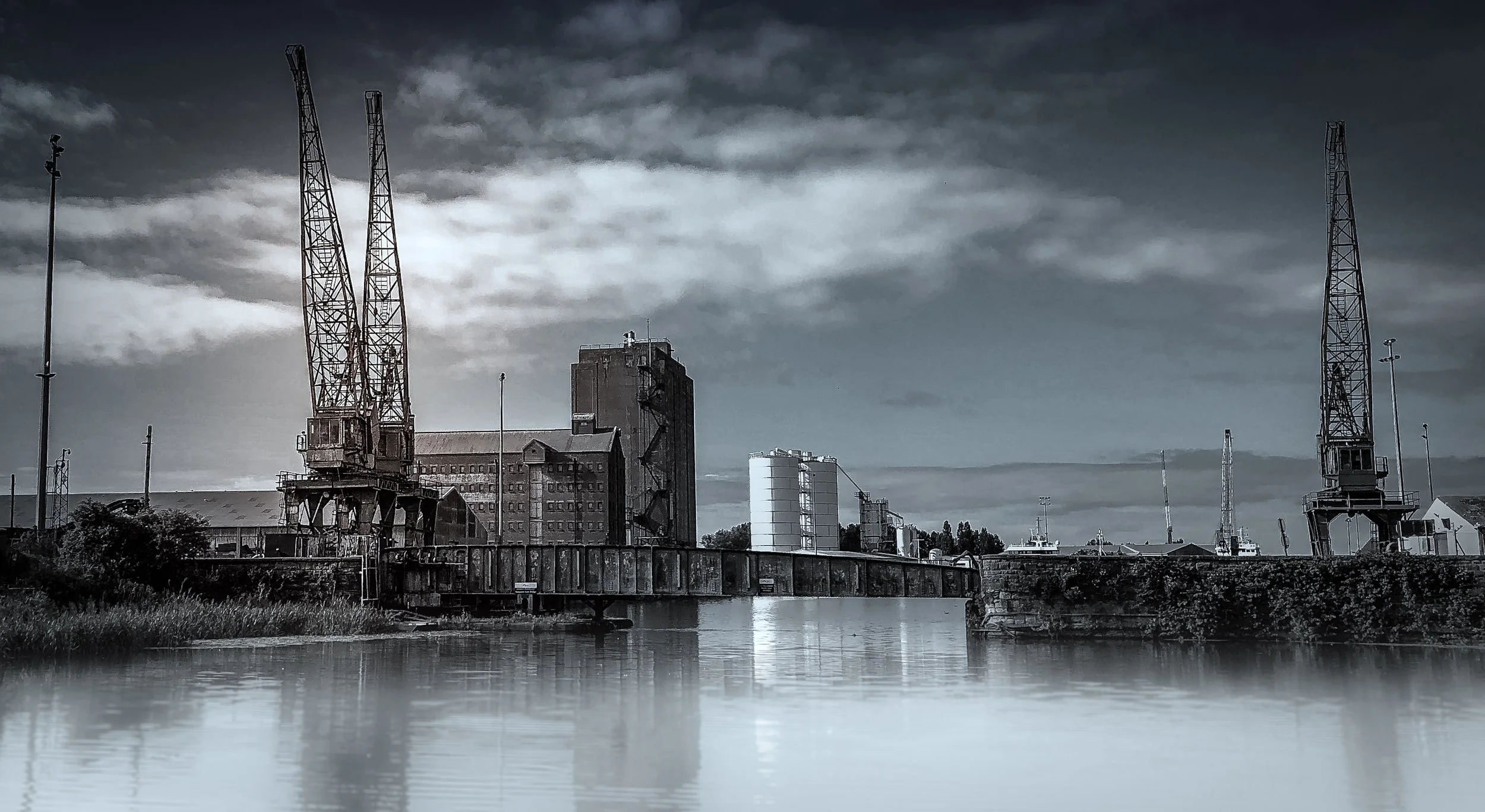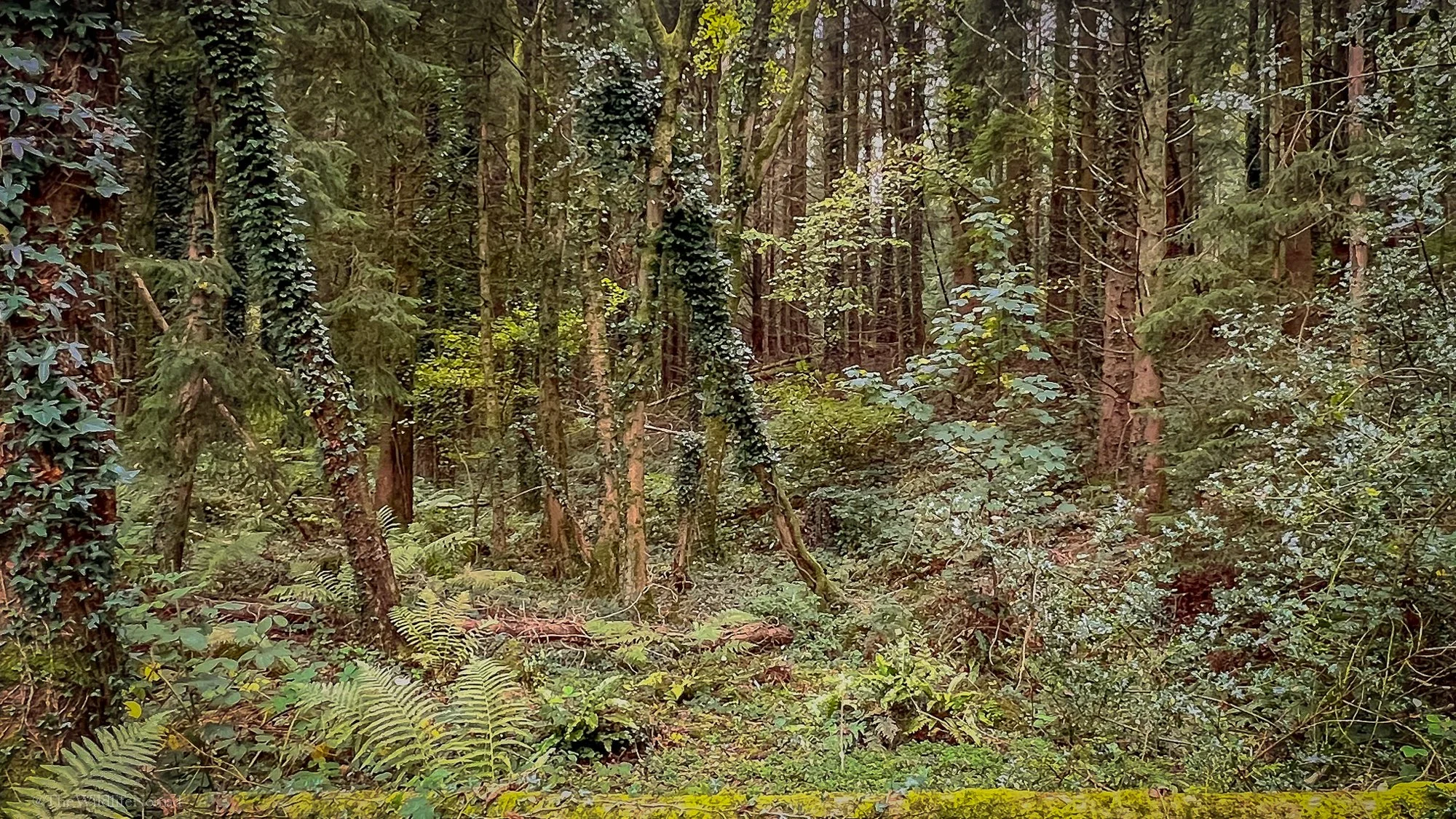UK Wildlife News: Stories and Photo Projects 19th October 2025
Each week we highlight the most important stories shaping Britain’s wild places, from fragile wetlands and shifting policy to hopeful new rewilding projects. For wildlife photographers, every headline is also a story waiting to be told through the lens.
🦆 Developers Encroach on a 2,000-Year-Old Wetland in Devon
At Wolborough Fen near Newton Abbot, developers from the Vistry Group have resumed groundwork close to one of Devon’s most ecologically valuable wetlands. The fen, a designated Site of Special Scientific Interest, holds ancient peat layers and supports rare aquatic invertebrates, sedges, and orchids.
Conservationists, led by Devon Wildlife Trust, warn that even “limited works” risk altering the delicate water table that keeps this 2,000-year-old system alive. Planning officers are reviewing potential breaches after earlier stop-notices were issued.
This is more than a local dispute; it’s a symbol of the national tension between the demand for new housing and the duty to protect irreplaceable habitats.
🔗 Read more at Mid Devon Advertiser
📸 Photography Project:
“Edge of the Fen”
Theme: The collision of development and wildness.
Shots to seek:
Dawn mist over sedges.
Machinery beyond the fence line.
Reflections of excavators in still water.
Close-ups of dragonflies or sedge warblers thriving amid uncertainty.
Techniques & Kit:
Lens: 10–18 mm wide-angle for context; 100–400 mm for wildlife at distance.
Aperture: f/8–f/11 for detail across frame.
Light: Early morning or late evening for soft atmosphere.
Tripod & polariser: To stabilise slow exposures and reduce glare on water.
Ethical storytelling:
Keep distance from sensitive zones. Use long lenses for animal subjects and document field signs rather than pursuing individuals. Prioritise the welfare of the habitat over the photograph……always.
🏘️ Environmental Groups Push Back on the Planning Bill
Across the UK, leading conservation bodies (including the Wildlife Trusts, RSPB, and National Trust) have united to oppose sections of the new Planning and Infrastructure Bill. Critics argue that parts of the legislation could weaken existing nature safeguards by streamlining development approvals and reducing local scrutiny.
Far from being “silent,” these groups have briefed MPs, mobilised volunteers, and launched petitions to keep biodiversity central to planning reform. Their message is clear: sustainable growth must coexist with ecological resilience.
This debate represents the heart of modern conservation, not just saving species, but shaping the laws that decide their fate.
📸 Photography Project:
“Nature by Law”
Theme: Exploring how policy touches the land.
Shots to seek:
Nature reserves bordered by new housing.
Campaigners or volunteers at work.
Signs, fences, or paths dividing green space from concrete.
Portraits of conservationists explaining their mission.
Techniques & Kit:
Lens: 24–70 mm for documentary coverage; 35 mm prime for portraits.
Aperture: f/2.8–f/4 for shallow depth on human subjects; f/11 for broad landscapes.
Shutter: 1/250 s minimum; raise ISO as needed under cloud.
Audio: Record ambient sound or interviews for multimedia storytelling.
Ethical storytelling:
Get consent before photographing people. Avoid tokenism or oversimplified “villain vs hero” framing. Caption accurately and credit the communities protecting these landscapes. Show collaboration, not confrontation.
🌲 Britain Launches £38 Million Temperate Rainforest Restoration Project
In a rare burst of large-scale optimism, the Wildlife Trusts and Aviva have announced a £38 million initiative to restore fragments of the UK’s lost temperate rainforests. Sites across the western seaboard, from Cornwall to the Isle of Man, will see native tree planting, including oak, hazel, birch, and holly.
These lush, moss-laden ecosystems once cloaked Britain’s Atlantic fringe but now survive in less than 1% of their former range. The project aims to capture 800,000 tonnes of carbon, rebuild biodiversity, and reconnect fragmented woodland corridors.
It’s a long-term vision, one that will take decades to reach maturity but offers a rare model of partnership between finance and nature recovery.
📸 Photography Project:
“The Return of Rainforest Britain”
Theme: Hope, growth, and time.
Shots to seek:
Volunteers planting saplings under coastal drizzle.
Moss, lichen, and fern details.
Raindrops on bark and leaves.
Wide shots of new forest corridors forming.
Techniques & Kit:
Macro lens (90–105 mm): For intricate forest textures.
Wide-angle (16–35 mm): For immersive, low-perspective canopy scenes.
Tripod: Essential for long exposures in shade.
Settings: ISO 400–800, f/11–f/16, shutter 1/4–2 s with remote release.
Filters: Polariser to enrich greens and tame reflections.
Ethical storytelling:
Stay on marked paths. Never disturb moss or logs for framing. Work slowly and quietly, let the forest shape your pace. Focus on authenticity, not manipulation.
📷 Cross-Project Idea:
“Lines on the Land”
A photographic journey through conflict, change, and connection in the British landscape.
Each of this week’s stories, the threatened Devon wetland, the planning reform debate, and the rebirth of temperate rainforests, reveals where people and nature meet. These are the “lines on the land”: places of tension, adaptation, and renewal.
🎯 Concept & Ethos
This project is about coexistence, not confrontation. The goal is to tell truthful, empathetic stories, showing both the fragility of wild places and the people working to restore them.
Ask yourself before every frame:
“Am I photographing this with respect, and helping the viewer understand the bigger picture?”
🌍 Story Structure
Part 1 – The Edge: Capture boundaries: fences, roads, drainage lines, showing where wild meets managed.
Part 2 – The Debate: Document those shaping policy and stewardship (campaigners, councils, and local custodians).
Part 3 – The Renewal: Follow restoration projects where new boundaries are drawn for connection, not separation.
🔧 Techniques & Kit Overview
Two-body setup: Wide + telephoto for rapid context and detail switching.
Neutral tones: Clothing and gear covers to blend in with habitat.
Weather sealing: Essential for wetlands and coastal forests.
Filters: Polariser and ND for water and low-light forest scenes.
Composition: Use leading lines, symmetry, and natural texture transitions to symbolise the meeting of forces.
Light discipline: Early morning and late afternoon for drama; mist and overcast for subtlety and texture.
🧭 Storytelling Approach
Document, don’t dramatise. Seek calm honesty over shock.
Context is key. Pair images with captions explaining site history and conservation significance.
Balance loss and hope. Show renewal alongside fragility.
Human presence matters. Hands planting trees, volunteers clearing debris, builders operating carefully near habitats — the human element connects viewers emotionally.
Ethics first. Never bait, flush, or stress wildlife. Photograph from respectful distances, and never trespass for a shot.
By weaving these themes, “Lines on the Land” becomes more than a photo essay….it’s a visual narrative of Britain’s ongoing negotiation between progress and preservation.
🔭 In Closing
From the misted fens of Devon to the first shoots of Britain’s new rainforests, this week’s stories capture the spectrum of modern conservation: fragile, politicised, and deeply human.
For wildlife photographers, the challenge is to tell these stories with empathy and restraint: to watch, wait, and protect. Use your craft to bridge understanding between those shaping the land and those trying to save it.




